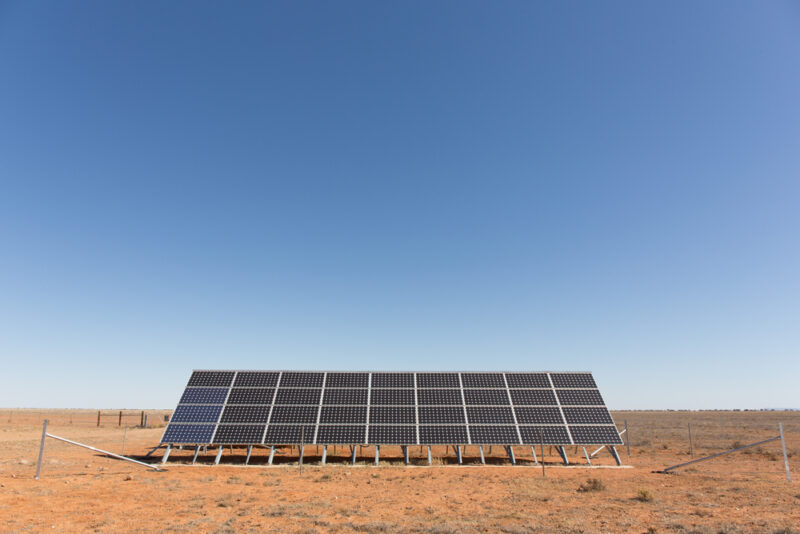A new study published by the University of New South Wales (UNSW) has found that photovoltaic (PV) modules are at high risk of degradation due to harsh weather conditions caused by climate change.
PV modules are being rolled out across the country as solar technology is expected to become one of the largest sources of renewable energy worldwide by 2026.
However, shifts in temperatures brought on by climate change means that solar panels are at greater risk of degradation due to prolonged exposure to the harsh outdoor conditions.
The study found that PV modules will lose efficiency and cost more to produce in hotter regions in Australia.
New modelling from UNSW researchers has highlighted the need to consider the evolving climate in PV module design.
The findings, published in the journal Progress in Photovoltaics: Research and Applications, showed degradation on future PV modules will result in an increased power loss of up to 12 per cent – leading to a rise in future energy prices of approximately ten per cent by 2059.
Wind and solar energy remain the cheapest form of energy in Australia, according to the CSIRO’s GenCost 2022–23 report, despite a 20 per cent average increase in technology costs.
UNSW School of Photovoltaics and Renewable Energy Engineering Postdoctoral Research Fellow and lead author of the study, Shukla Poddar, said, “Large scale commercial PV modules have a typical lifespan of about 20 to 25 years, although they naturally degrade or lose their efficiency over time.
“However, we know that local weather and climate influence the degradation of PV modules and for the first time, this research aims to statistically model the weighted average degradation rate Australia-wide for the different degradation modes,” Ms Poddar said.
